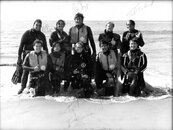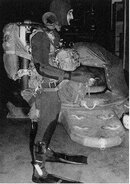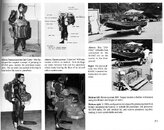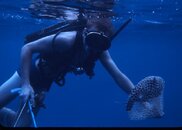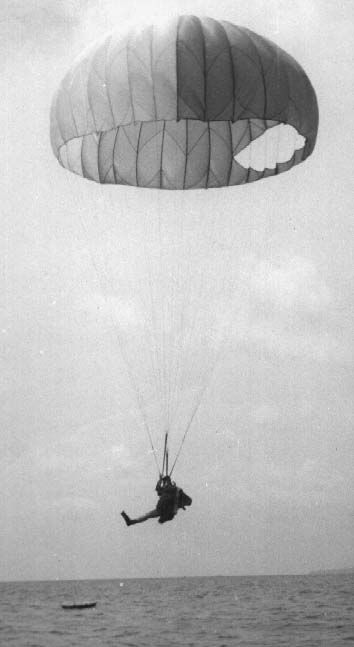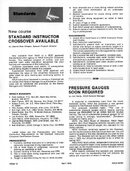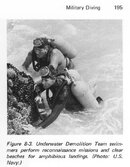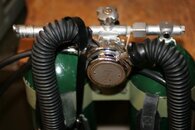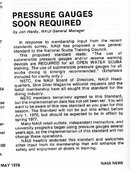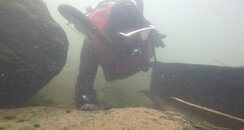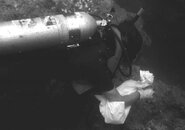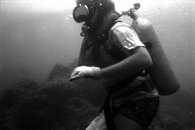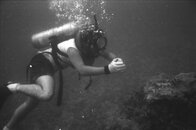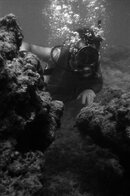tbone1004:
I wasn't around, but from my understanding of the progression of regulator development, the single hose predated the SPG...
As near as I can tell the single hose and SPG came out in the US market about the same time. US Divers 1957 catalog had both but both were pretty lame. The SPG attached to the valve rather than the regulator. Single hose regulators and SPGs were widely available by 1960, though not in wide use in my area.
tbone1004:
It existed in the early 60's but wasn't really common until the mid-late 70's, so divers used J-valves and were expected to have some relative idea of how much gas they had. So I guess you should add single hose/j valve in the mix, and inflator hose should be around the time of the octo around 1980 ish?
.
Non-reserve K-valves outsold the reserve J-valves about 3 or 4:1 according to sales figures I remember reading in Skin Diver Magazine. That is consistent with what I saw in Northern California in the 1960s. Regulator performance at low cylinder pressures started having noticeable increased resistance around 300-500 PSI. That gave plenty of warning to leave the bottom. J-valves were a lot more expensive to buy and maintain, which is probably the main reason. For example the 1962 US Divers J-valves were $30 and the K-valve was $7.95.
The owner of Arts Aqua Shop tried to explain that to me and my dad but dad insisted that I have a J-valve. I soon learned Art was right and never bought another J-valve for a single again. I later used J-valves on doubles since that was the only manifold available but that was even more useless. It only held back the reserve in one cylinder and equalized with the second when it was pulled. It didnt take long before I just left the lever down all the time. Knowing that it was down was better than hoping it was still up.



